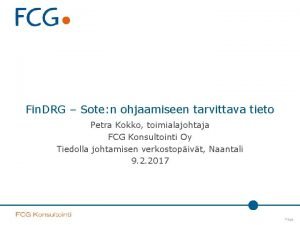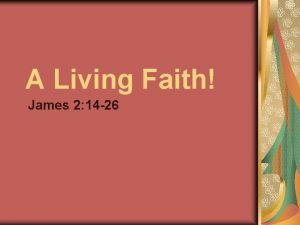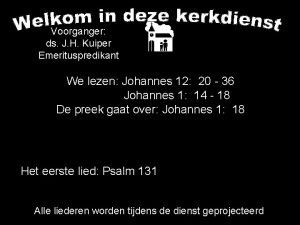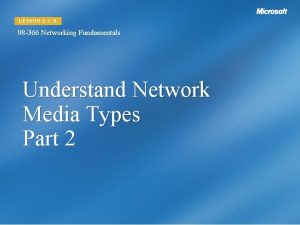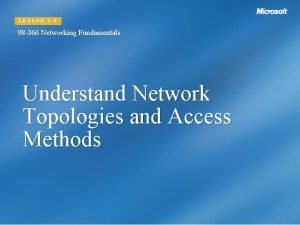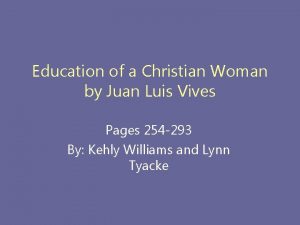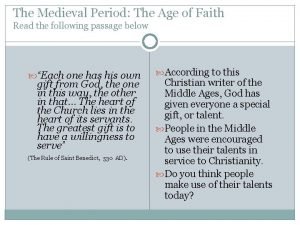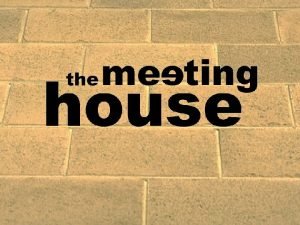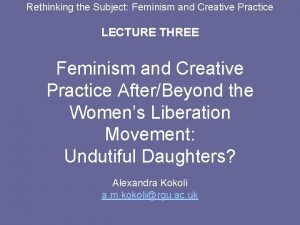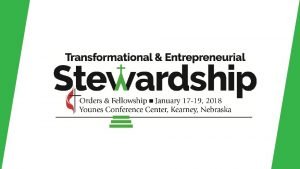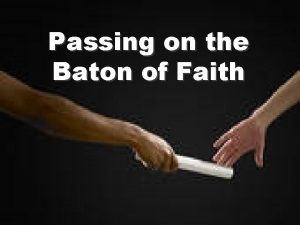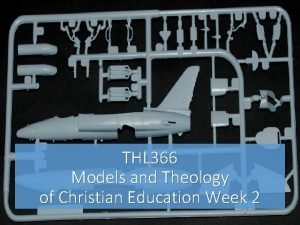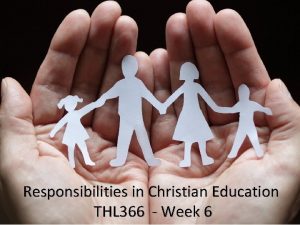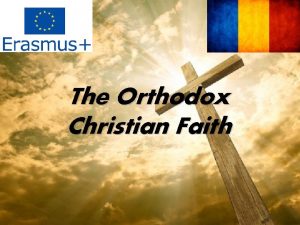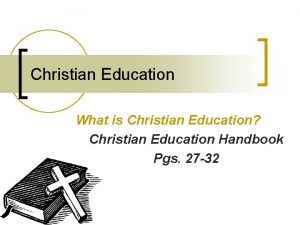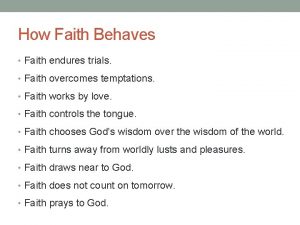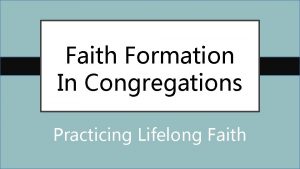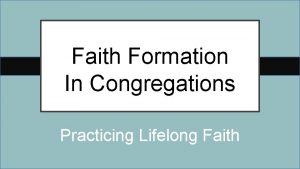THL 366 Christian Education Having Faith in Education

























- Slides: 25

THL 366 Christian Education Having Faith in Education

Favourite reality TV show? What do most of them have in common?

Journey in popular parlance

Mapping your “journey”

Hay & Nye Awareness sensing • Awareness sensing refers to those times when young children are completely attending to, or absorbed in, whatever they are doing and includes such aspects as here and now, tuning, flow and focusing. Mystery sensing • Mystery sensing includes children’s sense of awe and wonder, as well as their imagination, as they try to respond to various complex issues or events, or phenomena. The place of imagination within children’s spirituality is pivotal and according to Myers (1997) is linked inextricably with children’s play as, “it is through play that children become adept at imagining. It is through imagination that we, as adults, can consider new possibilities and transcend our present reality” (p. 20). Value sensing • Value sensing can be observed in children as they respond to events, stories, experiences and so on of which they try to make sense or meaning in ways that Hay and Nye name as delight and despair, ultimate goodness and meaning.

Moral Development

Hart Wonder Hart, T. (2003). The secret spiritual world of children. Maui: Inner Ocean. • Wonder according to Hart includes a “constellation of experiences that can involve feelings of awe, connection, joy, insight, and a deep sense of reverence and love” (p. 165). An interesting insight revealed in Hart’s data was that the reports of wonder from children were “often indistinguishable from those of the great mystics of the world for whom wondrous moments provided a touchstone and a beacon for the spiritual life that was to come” (p. 165). Hart claims that childhood wonder can shape a worldview and even the course of one’s life (p. 168). Wondering • Wondering for Hart is the asking of the big questions about life and meaning, knowing and knowledge, truth and justice, reality and death. He aligns this wondering with the of spiritual quest, that is, a way of entering dialogue with mystery, and in Fowler’s (1981, as cited in Hart, 2006) terms “striving for the sacred”. Hart contends that for far too long children’s wonderings have not been taken seriously and remained unappreciated (p. 168). Relational Spirituality • Relational spirituality is referred to by Hart as “between you and me” as he explains that “spirituality is often lived out in the intersection of our lives” (p. 172) and is recognised as love or compassion that begins as an experience of empathy and can lead to deep understanding. Relational spirituality argues Hart is “about communion – a profound sense of interconnection with the cosmos; connection – a sense of intimacy with someone or something; community – a sense of belonging to a group; and compassion – the drive to help others” (p. 174). Wisdom • Wisdom is displayed by children in the way they “often show a remarkable capacity for cutting to the heart of a matter, for accessing profound insight and wise guidance” (Hart, 2006, p. 170). He goes on to suggest that wisdom in this sense is not the amassing of information, an entity, but rather, it is an activity of knowing, perhaps most simply named as a shift in a state of consciousness or awareness. In some moments children find remarkable insight as they access this contemplative knowing that complements the rational and sensory. (p. 171) • This understanding is similar to the ‘knowing’ to which Hay and Nye (1998) refer to as essential to religious development. Hart cautions us that when unacknowledged, children’s wisdom can lead to a sense of alienation.


Our Faith Story • • • What were the positive/negative influences on my faith journey? Who are the people who stand out for me in my story? How relevant are my experiences for those with whom I work? What do I need to discard/pass on from my experiences? What/who might be key influences on the faith development of those with whom I work?

Faith… What Is It? q q q a verb, action, a way of behaving changes and expands through interaction with others growth in faith is like the growth of a tree

Tree rings pic

Westerhoff’s Styles of Faith Owned faith Searching faith Affiliative faith Experienced faith

The First Style: Experienced faith • Experiences of love, trust and acceptance develop faith • God is experienced through the actions of adults • For some, a preconscious faith

The Second Style: Affiliative faith • The key word is belonging • Imitation and participation • Not just “I” who believe but “we” • Religion of the heart

The Third Style: Searching Faith • A transition • Doubt and critical evaluation • May appear disturbing to the faith community • Safe and secure space is needed

The Fourth Style: Owned faith • Faith becomes truly internally motivated • A life changing difference may be apparent • Struggle for consistency and integrity • Openness to others

https: //www. youtube. com/watch? v=icp 85 es. MTn 8

Fowler

What does this mean for us? • The way it was seen Faith born at conversion A noun You get it and that’s it! • The way it is seen Journey A verb You’ve got it, learn the language and nurture it

Maria Cavaletti • Cavalletti (1992) a student of Montessori developed the program Catechesis of the Good Shepherd, which incorporates the use of three-dimensional materials (such as wooden figures) to tell the gospel parables to young children. Children then can play with the figures retelling the parables to themselves. In this way children are not only becoming familiar with the stories but also developing their inner religious language, an essential aspect argued by Bradford (1999) and Tacey (2000) to be an important feature that enable children to express their spirituality.

Jerome Berryman • Berryman (1992), influenced by Montessori and Cavalletti, suggests the way of learning religion is through language. He developed the Godly Play program the goal of which is to teach children religious language, parable, sacred story, silence and liturgical action all of which would make them more aware of God’s presence in their lives. • A key feature of Berryman’s Godly Play is the time given to wondering with children as they are invited and encouraged to wonder about many aspects of the scripture story at the end of its sharing. Berryman emphasised the importance for children coming to know and believe in God as loving and benevolent and in doing this they would be better able to face the existential issues such as death, freedom, aloneness and meaninglessness.

Christian practices • www. practicingourfaith. org • "Christian practices are not activities we do to make something spiritual happen in our lives. Nor are they duties we undertake to be obedient to God. Rather, they are patterns of communal action that create openings in our lives where the grace, mercy, and presence of God may be made known to us. They are places where the power of God is experienced. In the end, these are not ultimately our practices but forms of participation in the practice of God. “ Craig Dykstra

• Honouring the Body • Hospitality • Household economics • Saying yes and saying no • Keeping Sabbath • Testimony • Discernment • Shaping communities • Forgiveness • Healing • Dying well • Singing our lives

A practice is small enough that it can be identified and discussed as one element within an entire way of life. But a practice is also big enough to appear in many different spheres of life. For example, the Christian practice of hospitality has dimensions that emerge as (1) a matter of public policy; (2) something you do at home with friends, family, and guests; (3) a radical path of discipleship; (4) part of the liturgy; (5) a movement of the innermost self toward or away from others; (6) a theme in Christian theology; and probably much else. Thinking about this one practice can help us make connections across spheres of life-connections that often get disrupted in our fragmented society. For example, reflection on the Christian practice of hospitality would provide a way of exploring the relations between spirituality and social justice.

www. practicingourfaith. org
 Petra kokko thl
Petra kokko thl Turbosound thl 811
Turbosound thl 811 Dead faith vs living faith
Dead faith vs living faith Opwekking 366
Opwekking 366 37521 to the nearest 1000
37521 to the nearest 1000 Ps 366
Ps 366 Pobble 365 animals
Pobble 365 animals Each pair of wires is wrapped in metallic foil
Each pair of wires is wrapped in metallic foil 98 366
98 366 Na jednom kraju bakrene cijevi duljine 366 m
Na jednom kraju bakrene cijevi duljine 366 m The education of a christian woman
The education of a christian woman Sbirt faith and spirituality
Sbirt faith and spirituality Profession of faith (shahada)
Profession of faith (shahada) Age of faith
Age of faith The just shall live by his faith
The just shall live by his faith Hall of faith in hebrews 11
Hall of faith in hebrews 11 Amendment 2
Amendment 2 11th article of faith
11th article of faith Faith in action quotes
Faith in action quotes Prophet musa family tree
Prophet musa family tree Romans 5 amp
Romans 5 amp Inherent powers
Inherent powers Faith ringgold, the picnic at giverny
Faith ringgold, the picnic at giverny We are called to serve one another
We are called to serve one another Passing the baton of faith
Passing the baton of faith Struggle to maintain faith
Struggle to maintain faith
